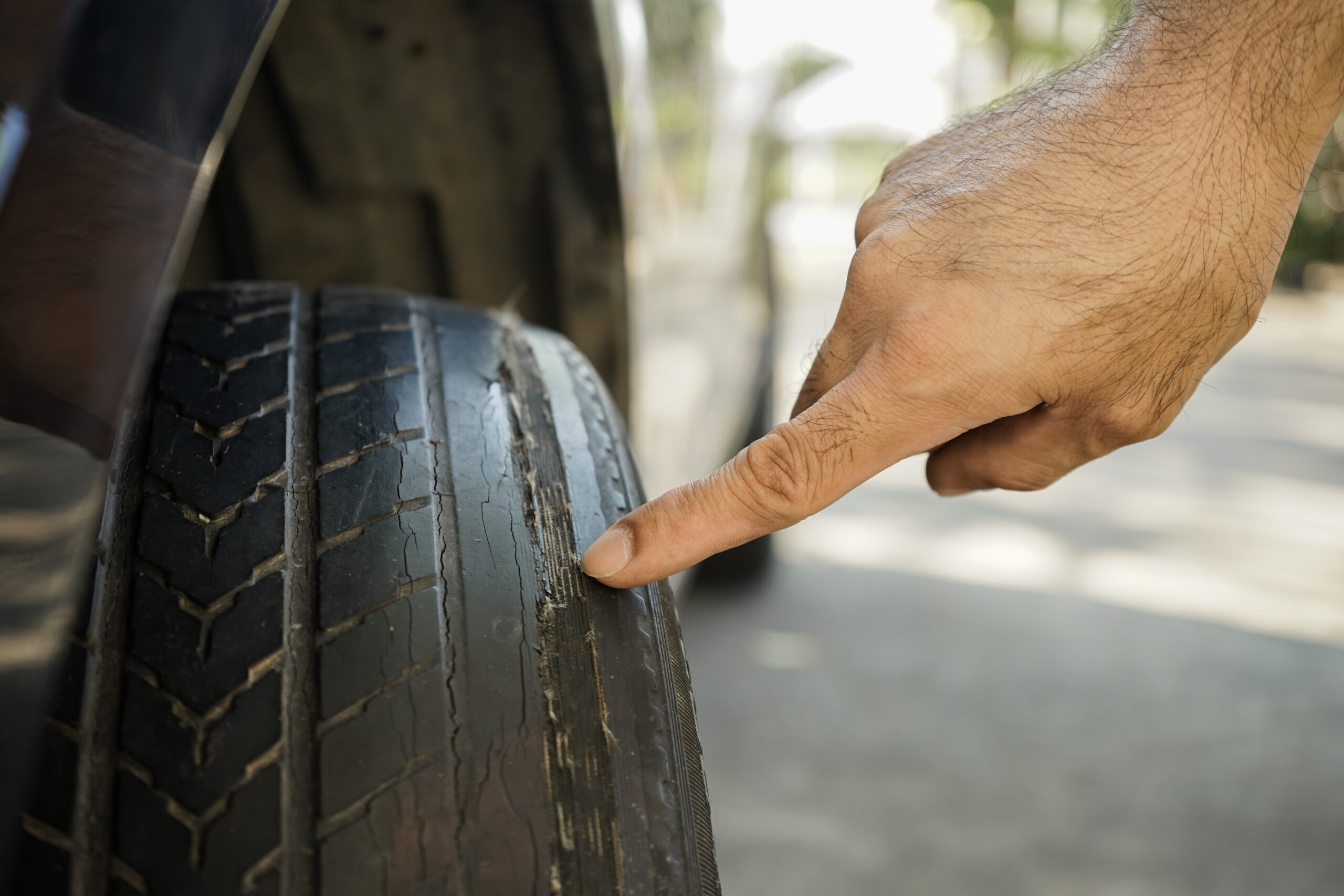If you’re wondering whether it’s time for new tires, you’re not alone. Most people don’t think about tire replacement until there’s a clear problem — but by then, it might already be unsafe. Knowing how long tires typically last (and the signs they’re wearing out) can help you plan ahead and avoid unexpected issues down the road.
The short answer: Most tires should be replaced every 6 years or 50,000–60,000 miles. But that number can vary based on the type of tires, how you drive, and where you live.
General Guidelines for Tire Replacement
- Mileage: Many standard all-season tires last between 50,000–60,000 miles. High-performance or off-road tires usually wear out sooner.
- Age: Even if your tires still have tread, age matters. Rubber breaks down over time. Most manufacturers recommend replacing tires every 6 years, and never going beyond 10 years, no matter how good they look.
- Driving habits: If you brake hard, drive at high speeds, or frequently carry heavy loads, your tires will wear out faster.
- Climate: Extreme cold or heat can shorten the life of your tires. Road salt and ice in North Dakota and Minnesota winters also take a toll.
Signs It’s Time to Replace Your Tires
Even if you haven’t hit the mileage or age limit, tires can still wear out unevenly or develop issues. Watch for:
- Tread wear: If the tread is below 2/32 of an inch, it’s time to replace. A simple penny test works: insert a penny into the tread with Lincoln’s head down — if you can see all of it, the tread is too low.
- Cracks or bulges: Cracks in the sidewall or bulging areas mean the tire structure may be compromised.
- Vibration: Excess vibration could be a sign of internal tire damage or uneven wear.
- Uneven tread wear: Could indicate alignment or suspension problems and may require replacement sooner than expected.
Don’t Wait for a Blowout
Worn tires don’t just affect handling, they increase your stopping distance, reduce traction, and make your vehicle more vulnerable in bad weather. In a region like ours, where ice, snow, and potholes are part of daily driving, good tires aren’t optional.
Have Questions? We’ll Take a Look
If you’re unsure whether your tires are ready to be replaced, stop by any OK Tire location. We’ll inspect them, check your tread depth, and give you honest advice on how much life they have left. No pressure, just straight answers from people who work with tires every day.
FAQ
How can I tell how old my tires are?
Check the DOT code on the sidewall. The last four digits show the week and year the tire was made. For example, “3520” means the 35th week of 2020.
Can tires go bad even if they look fine?
Yes. Even if the tread looks good, rubber breaks down over time. Tires older than 6–10 years should be replaced, regardless of appearance.
Should I replace all four tires at once?
Ideally, yes but this depends on the vehicle type and the amount of tread life remaining on your tires.
Do tires wear out faster in winter?
Cold temps and rough road conditions can shorten tire life, especially if you’re driving with under-inflated tires. Regular checks help extend lifespan.

